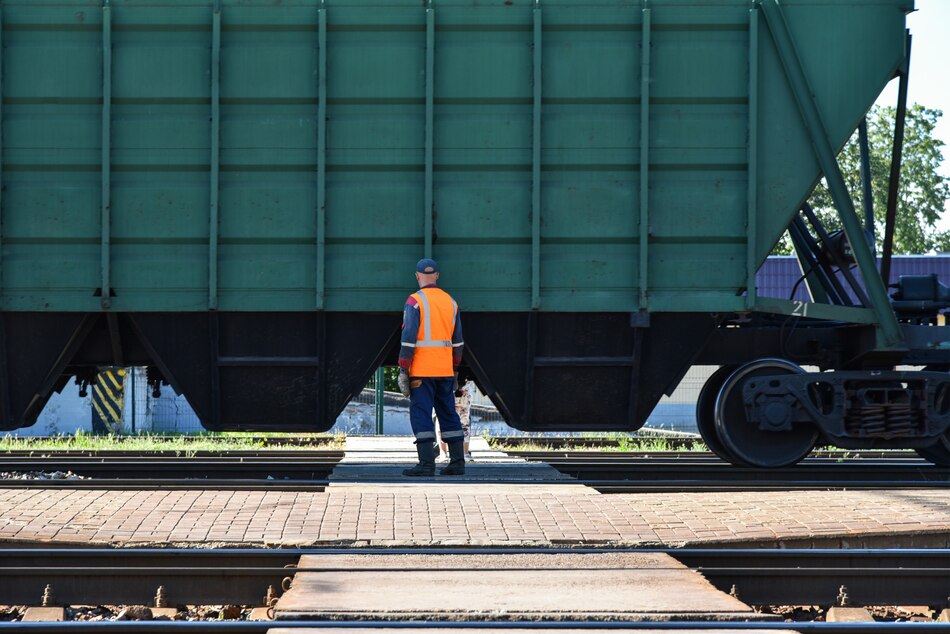It is extremely rare to see your freight being shipped by a single method of transportation, isn’t it? It doesn’t matter if your freight is being shipped domestically or internationally. For instance, some facilities do not accept direct ship or rail delivery.
In order to get your products to strategic locations that are required in the modern world, that is where rail transloading services come into focus, they help you put the finishing touches. However, we are sure you must be wondering what rail transloading services are and why you and your business might need them.
Along a designated route, rail transloading services refer to transferring products from one method of transportation to another. Moreover, Usually, these services offer greater flexibility and cost savings, varying based on the mode of transportation and the type of goods being shipped.
Some of these services include:
- Barge transload
- Bulk transload
- Rail transload
What Are Transload Services?
In the logistics and transportation industry, transloading services play a crucial role. Similarly, it enables the efficient movement of goods from one mode of transportation to another. These services are particularly important when a direct shipping route or method is not feasible or efficient.
Rail transloading services are a specific type of transloading, it involves the transfer of goods between rail and other transportation modes, such as trucks or ships. Additionally, this process offers several benefits and is essential for businesses that require flexible and cost-effective transportation solutions.
Transloading services encompass a range of methods, including train-to-train and truck-to-truck exchanges. This highlights the versatile nature of transloading, where there isn’t a singular approach. For instance, when a sizable cargo vessel can’t directly access a desired port due to its size, transloading comes into play. In such cases, cargo can be transferred from the larger ship to a smaller watercraft, enabling access to the port.
What is a Transload Rate?
This is a very self-explanatory topic, honestly. In order to get your freight handled, you will have to pay a quoted price. Even though your products will be traveling here and there from one mode of transportation to another. However, that does not mean you will have to keep up with all of them. Hence, you will only be dealing with a single third-party logistics.
As the customer, you should be sure of what your requirements are and your needs from the company. Therefore, this will help you get a quick and accurate cost quote. As a customer, you should not feel embarrassed to find cost-effective solutions to move your goods, the third-party logistics should also put this in their minds.
To secure the most advantageous transload rate, ensure that you include all necessary components upfront. This approach safeguards you from unexpected charges and prevents the realization, after the fact, that incorporating an additional service during transloading could lead to an unforeseen cost hike. In order to protect yourself, make sure you have all the information you will be needing such as:
- Type of commodity
- Quantity of commodity
- Distance of total trip
- When you need the items to be shipped
There will obviously be factors that will be out of your control that might impact the rate you receive. Here it goes:
- The cost of fuel
- Any taxes or duties
- Supply and demand
What is a Transloading Facility?
A transloading facility is a specialized facility where goods are transferred from one mode of transportation to another. Moreover, this is typically done to facilitate the movement of cargo between different transportation networks, such as transferring goods from trucks to trains, trains to ships, or vice versa.
The key features of a transloading facility include specialized equipment for loading and unloading cargo (such as cranes, conveyor belts, and forklifts). Additionally, storage areas for temporary holding of goods, and facilities for managing documentation and procedures.
How Can Transloading Help You?
Time Savings
Time is crucial, and the farther a vehicle has to travel, the more expensive it becomes. Using rail for longer distances is a cost-effective choice, as it’s both cheaper and consumes less energy.
Saving Money
Transloading helps you save money by smartly using different ways of transportation. Rail transport is often a wallet-friendly option for covering those long stretches.
Fewer Traffic Jams
Railroads ease road congestion by sharing the load. They take some of the burden off highways, making traffic flow better and reducing wear and tear.
Efficient Resource Use
With transloading, you can maximize the strengths of different transport modes. Trains, for example, are perfect for moving large quantities over vast distances, making the most of what they do best.






